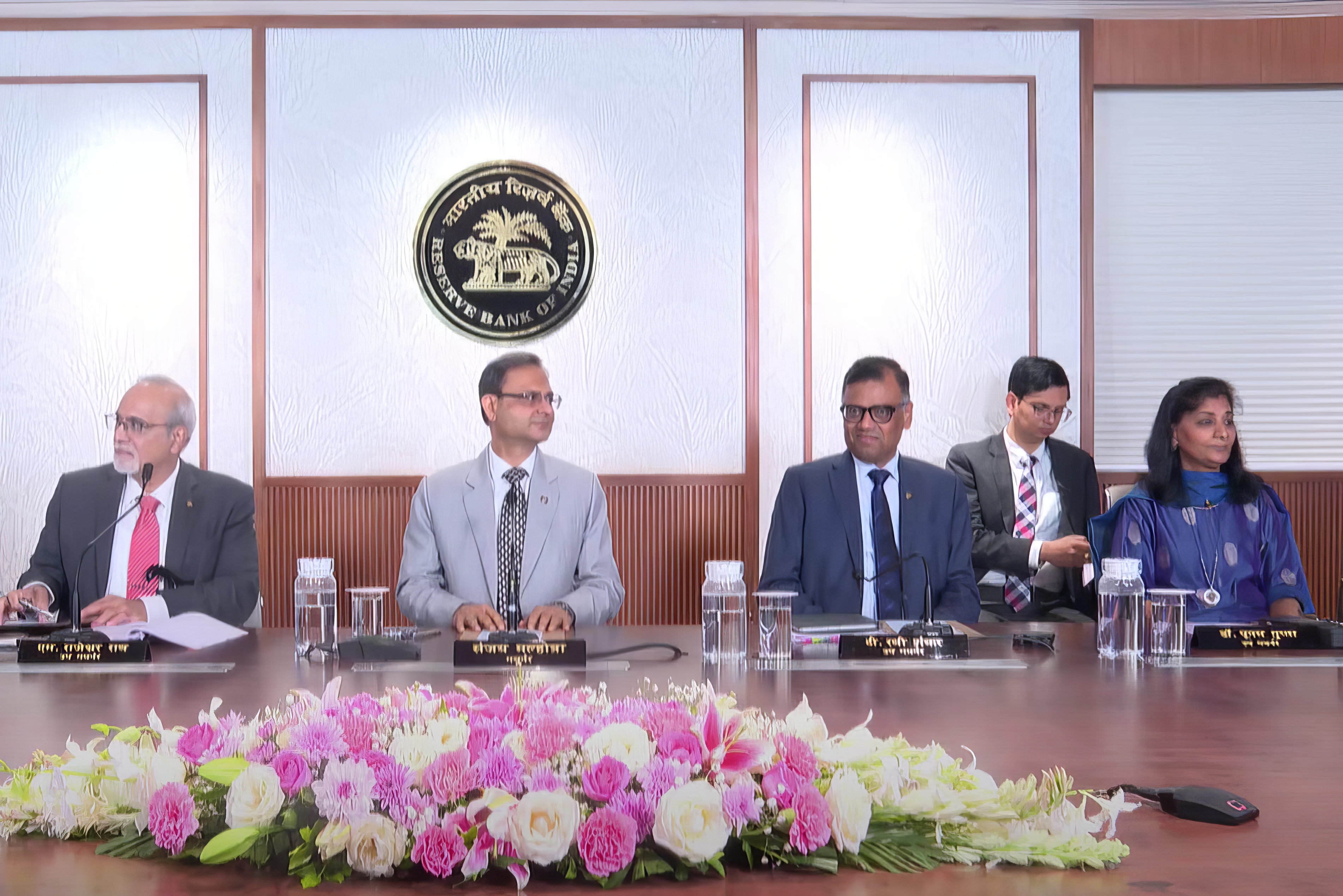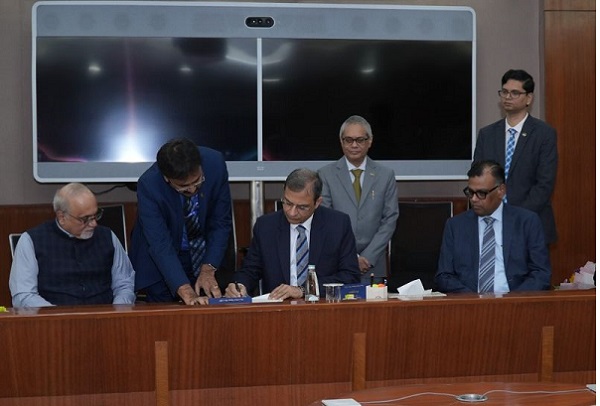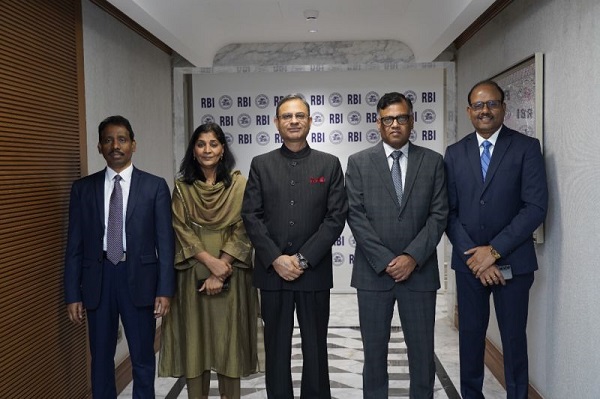.png)

Groupthink is the House View of BasisPoint’s in-house columnists.
June 6, 2025 at 8:13 AM IST
Poonam Gupta’s first outing as Reserve Bank of India Deputy Governor could not have come at a more consequential moment. A 50-basis-point cut in the repo rate, a hefty 100-basis-point reduction in the cash reserve ratio, and a swift shift to a neutral policy stance, all packed into a single morning. The bond market swung wildly. Economists scrambled to revise their forecasts. And journalists lined up to parse the meaning of every syllable.
Yet, one person said nothing.
Through the hour-long post-policy press conference, Gupta, who is tasked with overseeing monetary policy, did not answer a single question. No insights on the rate cut. No explanation of the stance. Not even a word when asked directly about the new liquidity framework currently under review.
It was almost as if she wasn’t there.
The optics were striking. Governor Sanjay Malhotra, who has shown an increasing fondness for front-foot policymaking, fielded every major question himself. Even when a journalist addressed a query to Gupta or her fellow Deputy Governor T. Rabi Sankar about the progress of the internal review of the liquidity framework, it was Rabi Sankar who responded.
Gupta remained politely inscrutable.
The contrast was even more glaring considering this was one of the most eventful policy reviews in recent years. The RBI had declared victory over inflation, rolled out aggressive easing measures to support growth, and committed to maintaining surplus liquidity of over ₹2 trillion, or 1% of banking system deposits, to ensure faster transmission.
The policy rationale was clear. The time was right to accelerate rate transmission and make the most of low inflation, especially with early signs of a slowdown in credit growth. The CRR cut, in particular, was aimed at releasing cheap funds into the system without distorting the interest rate signal. The change in stance from “accommodative” to “neutral” added a layer of caution, signalling that while the RBI was done holding back, it was not about to throw caution to the wind.
But amid all this action, the silence from the official responsible for monetary policy was deafening.
To be fair, Gupta is new to the role and only weeks into her tenure. It is plausible that the RBI preferred to let her settle in quietly before handing her the microphone. Many in the room may even have seen this as a graceful easing-in.
Central banking, after all, has its own rites of passage.
In policy communication, timing, calibration, and collective coherence matter more than airtime.
Yet Malhotra did refer other questions to his deputy governors on payments, financial inclusion, and digital lending.
Was this an overly protective move? Or was it a signal that this is still very much Malhotra’s show? Either way, it felt like a missed opportunity.
Gupta, a respected economist with a sharp academic pedigree, brings independent intellectual firepower to Mint Street. Her views on liquidity, on the ideal operating target, and on balancing rate signals with durable liquidity injections will be critical, especially now that the RBI has promised transmission without compromising credibility.
For those hoping to understand her thinking, the wait continues. Perhaps the minutes of the Monetary Policy Committee, due in two weeks, will shed light on her reasoning. Perhaps the next policy will offer a chance to hear directly from the Deputy Governor of Monetary Policy.
For now, though, it was a debut without dialogue. A front-row seat, but no lines in the play.




